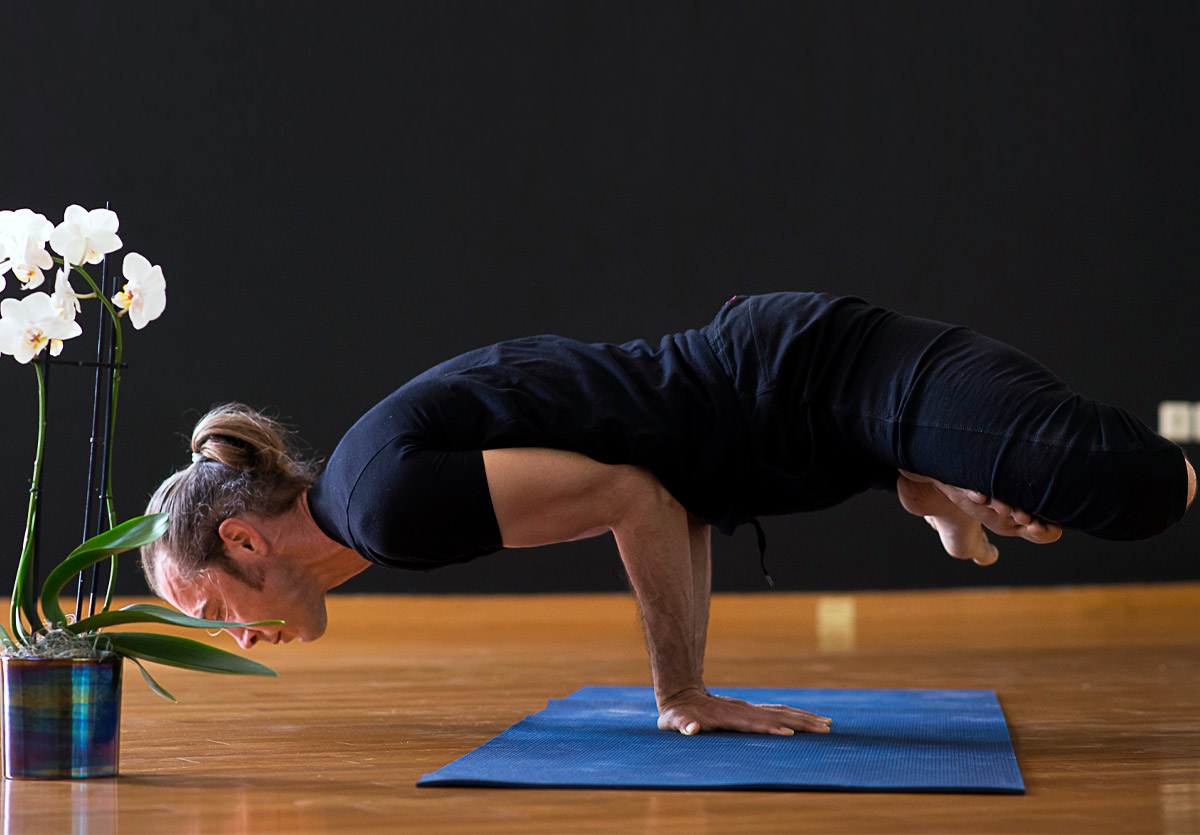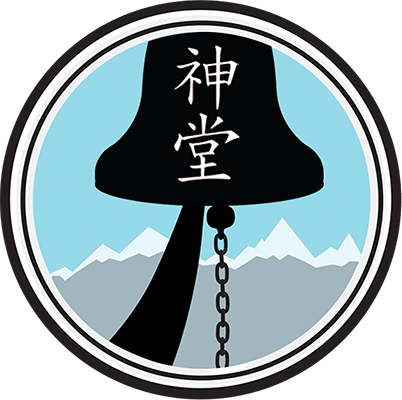
“Yoga is an expression of one’s deep desire for self-knowledge. The source of that expression is the breath- spirit (πνέυμα)”
Spirit Dome yoga is derived from two major traditions of yoga, Iyengar and Ashtanga. It combines the precision and therapeutic nature of Iyengar yoga with the dynamism and flowing nature of Ashtanga. One major and essential difference is the integration of Taoist yin-yang and 5 element theory which is integrated into the sequencing of asana. Practitioners participate in a yoga session which is designed to respond to various human temperaments, natural forces, and biological and cosmological factors. In fact, it is these aspects of daily life that co-create the sequence of asanas and the choice of focus for that particular class. The result is a yoga that is dynamic in its variation between the polarities of stillness and expression.
Another fundamental aspect of yoga that receives constant attention during these classes is the awareness of breath. The breath is the vehicle by which ‘spirit’ (‘Qi’ in Taoist and Chinese terms, and ‘prana’ in Indian and ayurvedic terms) is inspired into the physical human form. Breathing well and consciously during yoga not only supports and nourishes the physical body but enlivens and reinforces a sense of well-being, purpose and acceptance of the beauty and the challenges of the human condition.
Classes often begin with a few minutes of silent sitting followed by and gentle and progressively more energizing warm up. Next we usually move into a vinyasa flow style of movement designed to harmonize movement and breath. The lesson continues with certain asanas, movements or specific breathwork that supports the environmental, seasonal and cosmological forces at work for that session. The class always ends with 5 to 10 minutes of savasana – corpse pose which supports relaxation and helps the mind, body and spirit to integrate the breadth and depth of the yoga experience.



